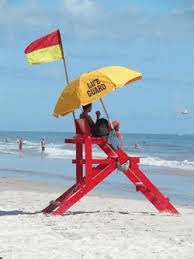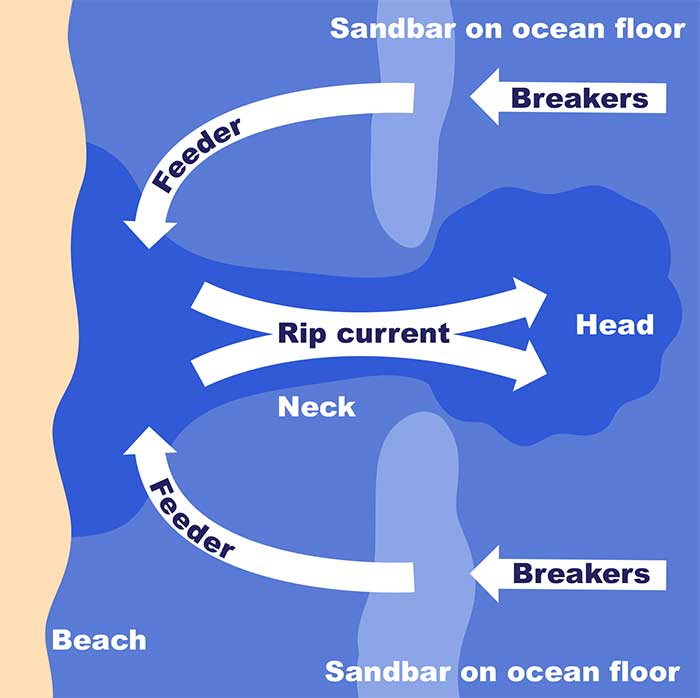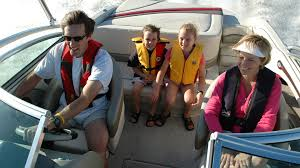Lifeguards along Florida’s east coast were busy over the long Memorial Day weekend. In just over 24 hours on Sunday and Monday, a combination of heavy beach traffic and strong rip currents, caused 3 fatalities and prompted over 500 water rescues.
As summer heats up and families head out for beach vacations, it is important to understand and respect the power of the ocean. What seems like an idyllic setting on the surface – sun shining, waves crashing, kids splashing – can sometimes be very dangerous just below the surface. Anyone can get in trouble in the ocean. For a fun and relaxing trip, follow these beach safety tips:
When you are at the beach:
- Whenever possible, swim at a lifeguard-protected beach.
- Never swim alone.
- Learn how to swim in the surf. It’s not the same as swimming in a pool or lake.
- Obey all instructions and orders from lifeguards. Lifeguards are trained to identify potential hazards. Ask a lifeguard about the conditions before entering the water. This is part of their job.
- Stay at least 100 feet away from piers and jetties. Permanent rip currents often exist along side these structures.
- Consider using polarized sunglasses when at the beach. They will help you to spot signatures of rip currents by cutting down glare and reflected sunlight off the ocean’s surface.
- Pay especially close attention to children and elderly when at the beach. Even in shallow water, wave action can cause loss of footing.
- Have young children or inexperienced swimmers wear U.S. Coast Guard-approved life jackets in and the around water.
- Don’t dive headfirst—protect your neck.
- Water plants and animals may be dangerous. Avoid patches of plants and leave animals alone.
Rip Currents
Rip currents can form in any large open water area, such as low spots and breaks in sandbars, or near structures such as jetties and piers. Before entering the water, check to see if any warning flags are up or ask a lifeguard about conditions and any potential hazards.
If you are caught in a rip current:
- Stay calm and don’t fight the current.
- Think of it like a treadmill that cannot be turned off, which you need to step to the side of.
- Swim out of the current in a direction following the shoreline. When out of the current, swim at an angle–away from the current–towards shore.
- If you can’t swim to the shore, float or tread water until you are free of the rip current and then head toward shore.
- If you feel you can’t make it to the shore, draw attention to yourself by waving and calling for help.
- Stay at least 100 feet away from piers and jetties. Permanent rip currents often exist near these structures.
If you see someone in trouble, don’t become a victim, too:
- Get help from a lifeguard.
- If a lifeguard is not available, have someone call 911.
- Throw the rip current victim something that floats–a lifejacket, a cooler, an inflatable ball.
- Yell instructions on how to escape.
- Remember, many people drown while trying to save someone else from a rip current.









